In the upcoming days, the new private human spaceflight Polaris Dawn will be launching at Cape Canaveral. The mission’s main goals focus on conducting the first commercial spacewalk and breaking the previous altitude record set over half a century ago. The Universe Space Tech covers all you need to know about the flight.
The Crew of the Polaris Dawn
The Polaris Dawn will be the inaugural flight of the first private space program in history. The mission is funded by the American billionaire Jared Isaacman who previously backed the 2021 Inspiration4 mission — the first private spaceflight with an all-civilian crew. On that occasion, Isaacman and three other civilians were carried to orbit by the Crew Dragon spacecraft, where they spent three days before returning to Earth.
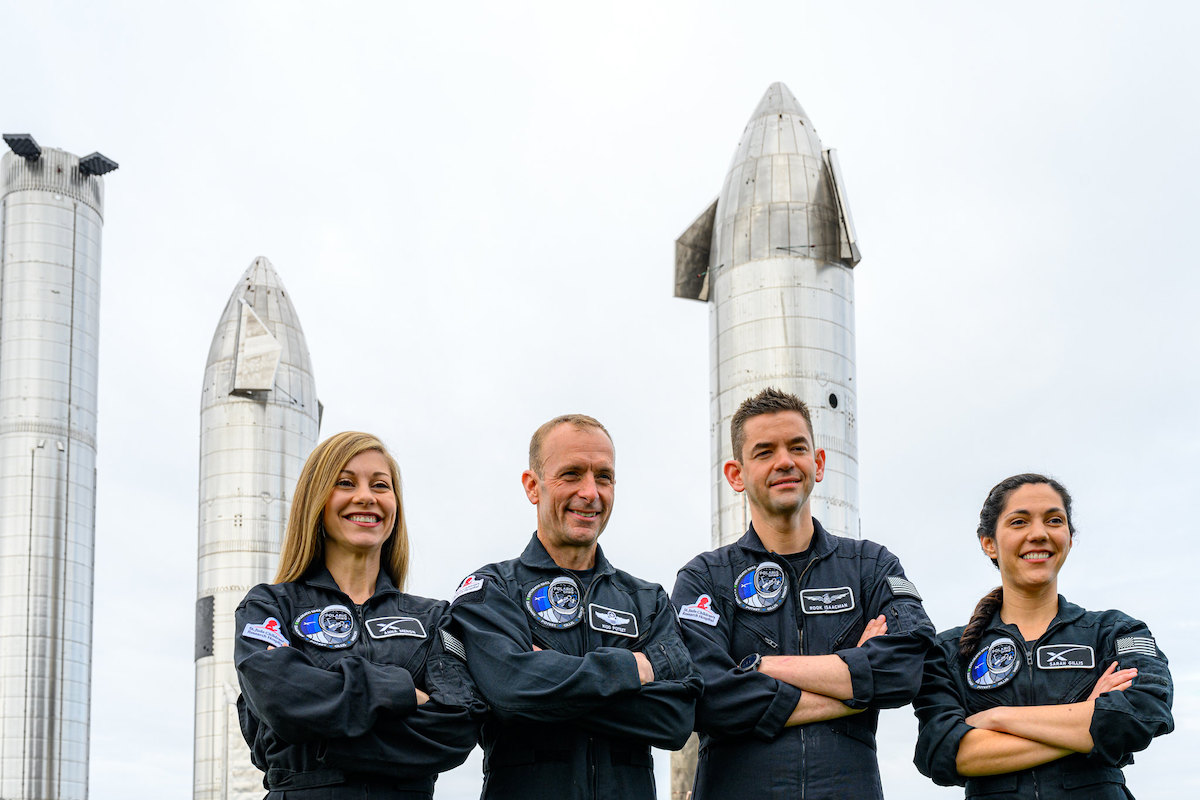
That mission’s success inspired Isaacman to organize the Polaris program. Its main goals are to showcase technological advancements and capabilities of the private spaceflight sector, while also raising funds for charity. As per Isaacman’s vision, the program is set to culminate with the first-ever manned flight of the new Starship spacecraft.
In the meantime, while Starship still remains in its testing phase, Isaacman will be using the already familiar Crew Dragon. The first Polaris flight will be manned by Isaacman himself, retired USAF Lieutenant colonel Scott Poteet, and two SpaceX engineers — Sarah Gillis and Anna Menon. Poteet will act as the Mission Pilot, while Gillis and Menon are assigned as Missions Specialists.
The High Altitude Record
After the launch, the Crew Dragon is expected to reach the Low Earth orbit at the Perigee altitude of about 118 miles (ca. 190 km), the Apogee of 745 miles (ca. 1,200 km), and an inclination of 51.6°. While there, the crew will test all flight systems and take the spacecraft to the Apogee of 870 miles (ca. 1,400 km), making Polaris Dawn the highest altitude flight since 1966 when Gemini 11 reached the Apogee of 853 miles (ca. 1,373 km) in orbit.
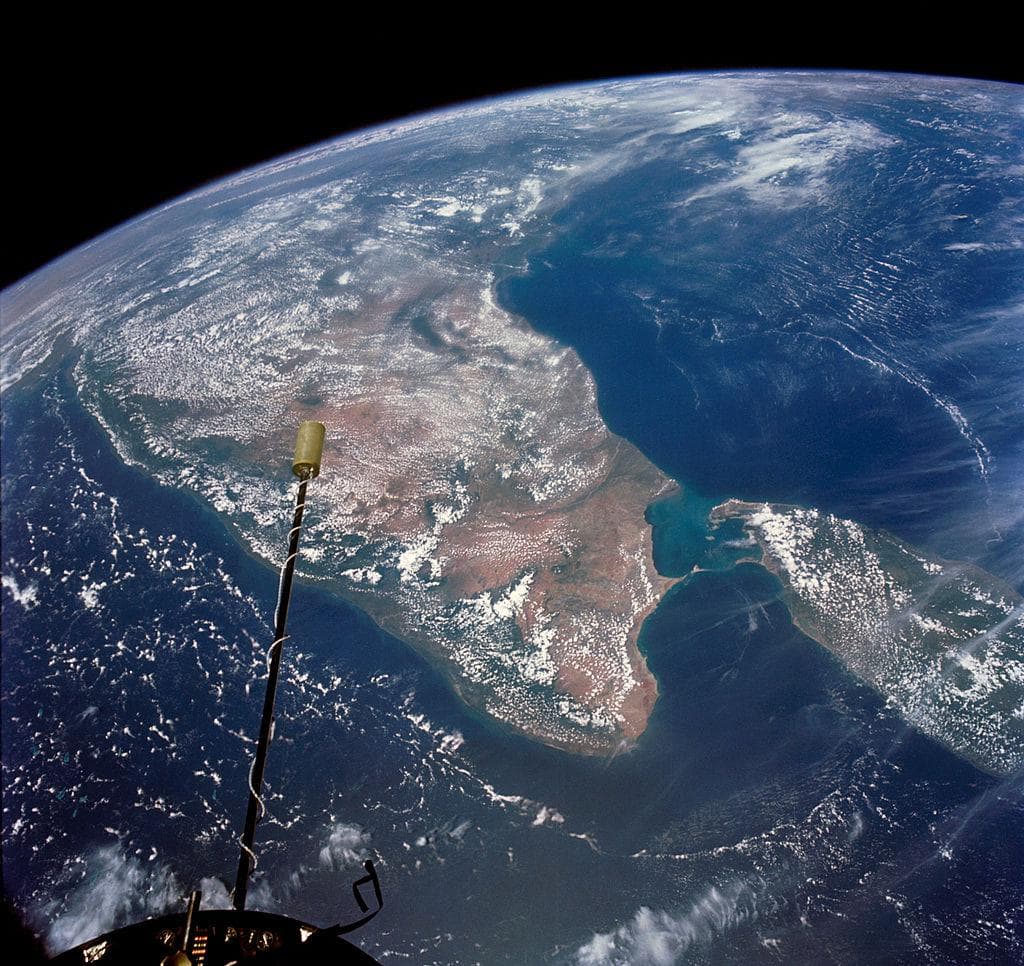
Altitude records might not seem that significant in the context of spaceflights, given that the Apollo Moon missions covered a distance of over 250,000 miles. The key difference here is that the Moon missions were launched directly from the Low Earth orbit. As for the missions conducted entirely in orbit, Gemini 11’s altitude has remained unbeaten to this day.
Another noteworthy fact about the Dragon’s planned altitude is that it will take the ship’s path through parts of the Earth’s inner radiation belt. Each point of entry has a pre-calculated trajectory to minimize danger to the crew. Radiation data collected during spaceflights is crucial for scientists and all future Moon and Mars missions.
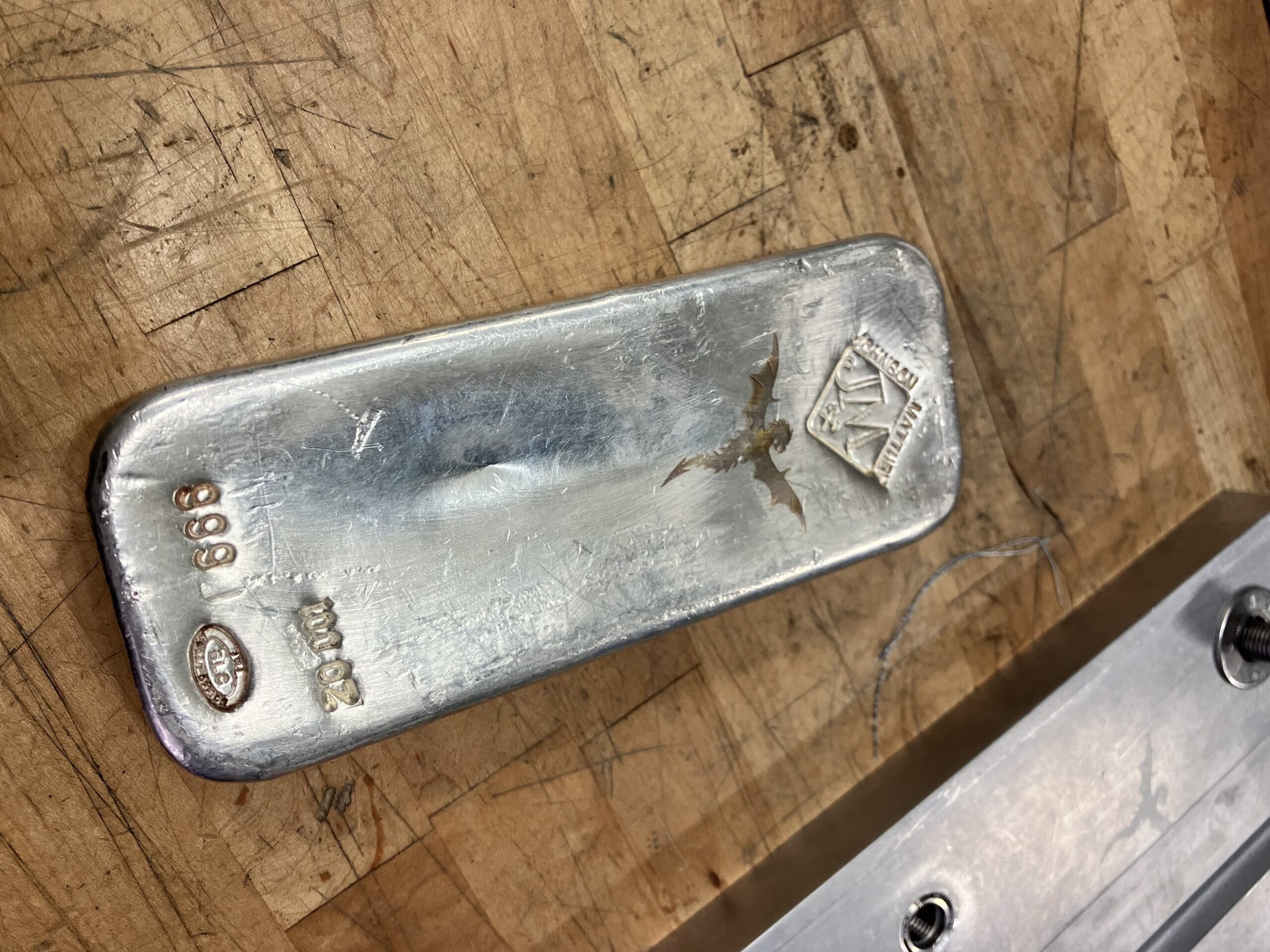
It’s no surprise that such a significant part of the mission’s science program is dedicated to studying the effects of radiation on both the crew and ship equipment. The team will also conduct a number of other experiments — from testing laser-based communications in space to using portable MRI machines. In addition, the mission will host various events to promote space research and raise funds for charity.
The Spacewalk
Although very relevant, both radiation belt research and science experiments are far from the main event of the mission. That title belongs to the first ever commercial spacewalk. The attempt will be performed when the Dragon reaches the altitude of 435 miles (ca. 700 km).
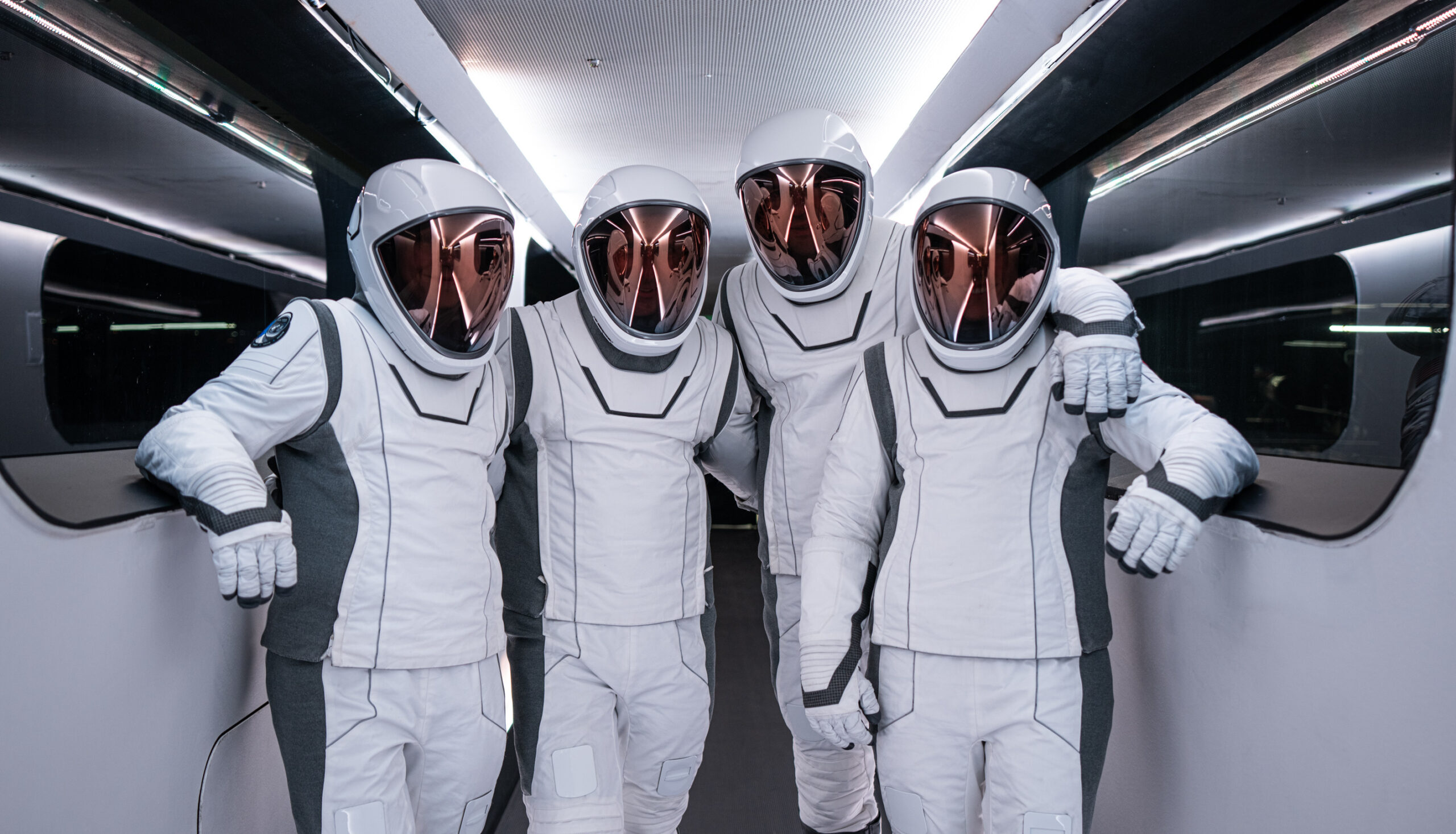
Coordinating an event as complex as Polaris Dawn’s spacewalk was one of the main reasons behind multiple launch delays. The mission was initially scheduled to launch at the end of 2022.
Another reason for these setbacks was the ship itself. The Crew Dragon was designed without an airlock, so SpaceX engineers had to modify the craft to include an outer lock for exit and entry. This means that the crew, once fully suited-up, will need to depressurize the cabin in order to perform the spacewalk.

Polaris spacesuits were specially designed by SpaceX for the mission. Their appearance is similar to the suits used for regular Dragon flights to ISS except for several modifications such as joint mobility, additional insulation, and micrometeorite protection. Helmet visors are fitted with heads-up displays that have internal pressure and humidity indicators, as well as EVA timers. Each helmet also has a camera to provide a direct video feed from the astronaut’s point of view.
One significant difference between ISS and SpaceX EVA suits is the latter’s lack of automatic life support system. Instead, the Polaris Dawn crew will be connected to the ship’s life support via umbilicals that will supply oxygen and transmit suit readings back to the on-board systems
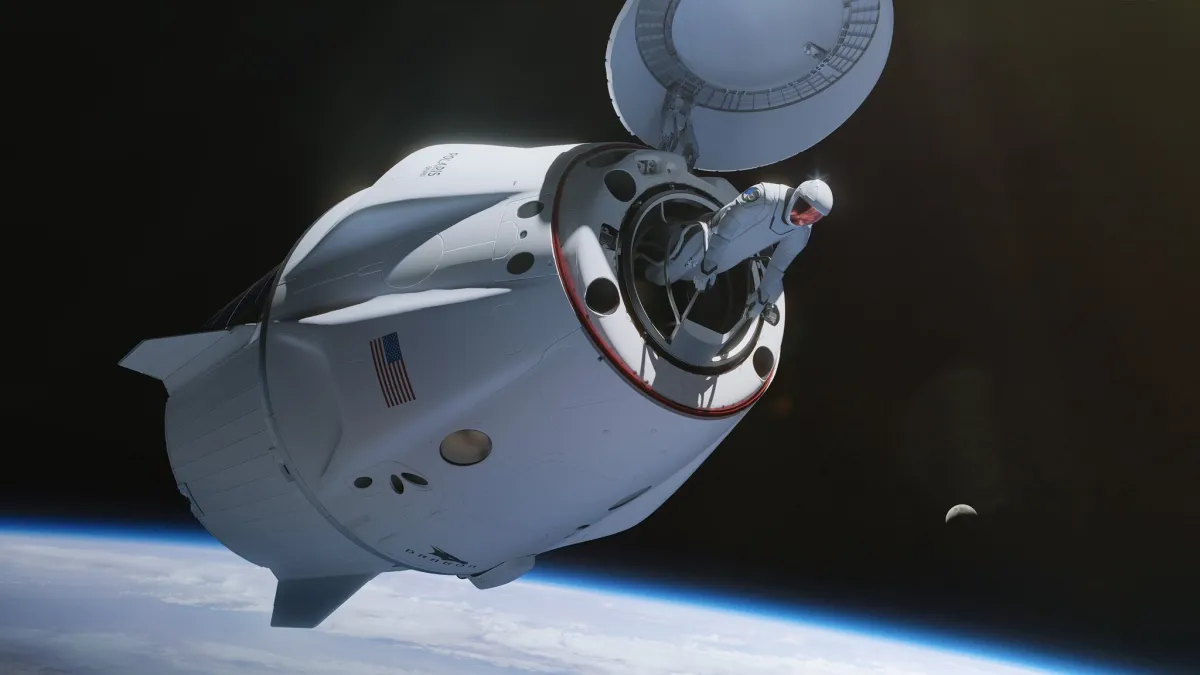
After depressurization, Jared Isaacman will secure himself with a safety tether, open the outer lock, and exit the spacecraft. Sarah Gillis will then follow. The entire operation should take about two hours.
Polaris Dawn Launch Date
Polaris Dawn was initially scheduled to launch on August 27 this year, but it was canceled due to a ground-side helium leak. The next attempt was hindered by poor offshore weather conditions. Then the Federal Aviation Administration had to ground the Falcon 9 after it had failed to land due to the first-stage booster crash.
As it stands, September 4 is predicted to be the next favorable launch window. Should it fail, the spacecraft will attempt another take-off on September 6.


